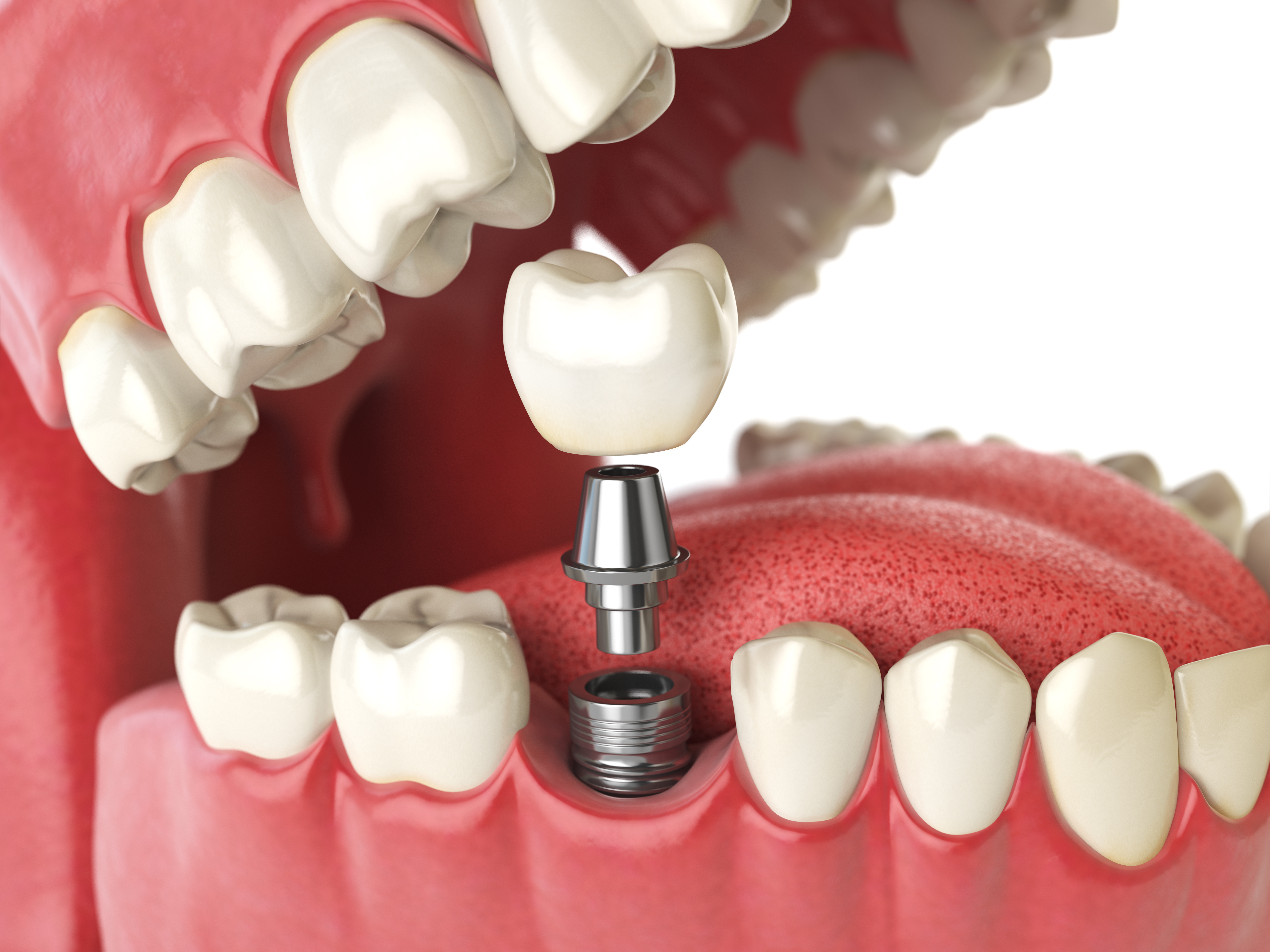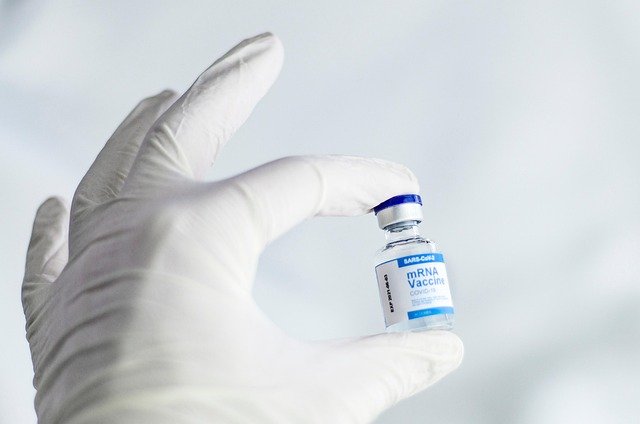Discover the Future of Dental Implants: Innovative Screwless Solutions
If you’ve been considering dental implants but found the costs challenging, there’s encouraging news. New screwless dental implant options are emerging as a comfortable and efficient alternative for many patients. These advancements are helping make dental restoration more convenient and potentially more affordable for a wider range of people.

Dental implant technology continues to evolve, with screwless solutions representing a significant advancement in restorative dentistry. These innovative systems challenge traditional implant methods by eliminating the need for screws to secure prosthetic components, offering patients alternative approaches to tooth replacement that may provide enhanced comfort and functionality.
What Are Screwless Dental Implants?
Screwless dental implants utilize alternative attachment mechanisms to secure artificial teeth to the implant fixture. Unlike conventional implants that rely on screws to connect the crown or prosthetic to the implant post, screwless systems employ cement-retained connections, friction-fit mechanisms, or specialized locking systems. These designs eliminate the access holes typically required for screw-retained restorations, potentially improving the aesthetic outcome and reducing maintenance requirements. The screwless approach can apply to single tooth replacements, bridges, or full-arch restorations, offering versatility across different treatment scenarios.
Why Are Screwless Implants Becoming a Popular Choice?
Several factors contribute to the growing popularity of screwless implant systems among both patients and dental professionals. The absence of screw access holes allows for better aesthetic integration, particularly in visible areas where traditional implant restorations might show metal components through the crown material. Screwless designs often simplify the restoration process, potentially reducing chair time and treatment complexity. Additionally, these systems may offer improved long-term stability by distributing forces more evenly across the implant-restoration interface. Patients appreciate the reduced risk of screw loosening, a common maintenance issue with traditional implant systems that can require periodic adjustments.
How Do Screwless Implants Work?
Screwless implant systems operate through various innovative mechanisms designed to create secure connections without traditional screws. Cement-retained systems use dental cement to bond the crown directly to the implant abutment, creating a permanent attachment similar to traditional dental crowns on natural teeth. Friction-fit mechanisms rely on precisely engineered tolerances between components to create secure connections through mechanical retention. Some advanced systems incorporate magnetic or spring-loaded mechanisms that allow for removable restorations without screws. The specific mechanism varies by manufacturer and system design, but all aim to provide reliable retention while eliminating the complications associated with screw-based connections.
Are Screwless Implants Suitable for Everyone?
While screwless implants offer numerous advantages, they may not be appropriate for all patients or clinical situations. Ideal candidates typically have adequate bone density and healthy gum tissues to support the implant fixture and restoration. Patients with bruxism or heavy bite forces may benefit from the even force distribution of screwless systems, though individual assessment is essential. Certain anatomical considerations, such as limited vertical space or specific angulation requirements, may favor screwless designs over traditional screw-retained options. However, patients requiring frequent adjustments or those with complex prosthetic needs might benefit more from the retrievability of screw-retained systems. A thorough evaluation by a qualified implant specialist is necessary to determine the most suitable approach for each individual case.
Comparing Screwless Dental Implants Prices
The cost of screwless dental implants varies significantly based on the specific system used, geographic location, and complexity of the case. Understanding pricing structures helps patients make informed financial decisions about their treatment options.
| System Type | Provider Examples | Cost Range | Key Features |
|---|---|---|---|
| Cement-Retained | Straumann, Nobel Biocare | $3,000-$5,500 | Permanent attachment, aesthetic advantages |
| Friction-Fit | Zimmer Biomet, BioHorizons | $3,500-$6,000 | Mechanical retention, retrievable options |
| Magnetic Systems | Dentsply Sirona | $4,000-$7,000 | Advanced retention, specialized applications |
| Custom Abutments | Various Labs | $3,200-$5,800 | Personalized fit, enhanced aesthetics |
Prices, rates, or cost estimates mentioned in this article are based on the latest available information but may change over time. Independent research is advised before making financial decisions.
Total treatment costs typically include the implant fixture, abutment, crown or prosthetic, and professional fees. Geographic variations can significantly impact pricing, with urban areas generally commanding higher fees than rural locations. Insurance coverage for screwless implants varies, and patients should verify benefits with their providers before beginning treatment.
Maintenance and Long-Term Considerations
Screwless implant systems require specific maintenance protocols to ensure long-term success. Regular professional cleanings and examinations remain essential, though the absence of screw access holes may simplify home care routines. Patients should understand that while screwless systems eliminate screw-related complications, they may present different challenges, such as the need for crown replacement if cement-retained restorations require removal. The longevity of screwless implants depends on proper oral hygiene, regular professional care, and adherence to recommended maintenance schedules.
Screwless dental implants represent an exciting advancement in implant dentistry, offering patients innovative solutions for tooth replacement with potential advantages over traditional screw-retained systems. While these technologies continue to evolve, their growing adoption reflects the dental profession’s commitment to improving patient outcomes through technological innovation. Patients considering implant treatment should discuss all available options with qualified professionals to determine the most appropriate approach for their specific needs and circumstances.




